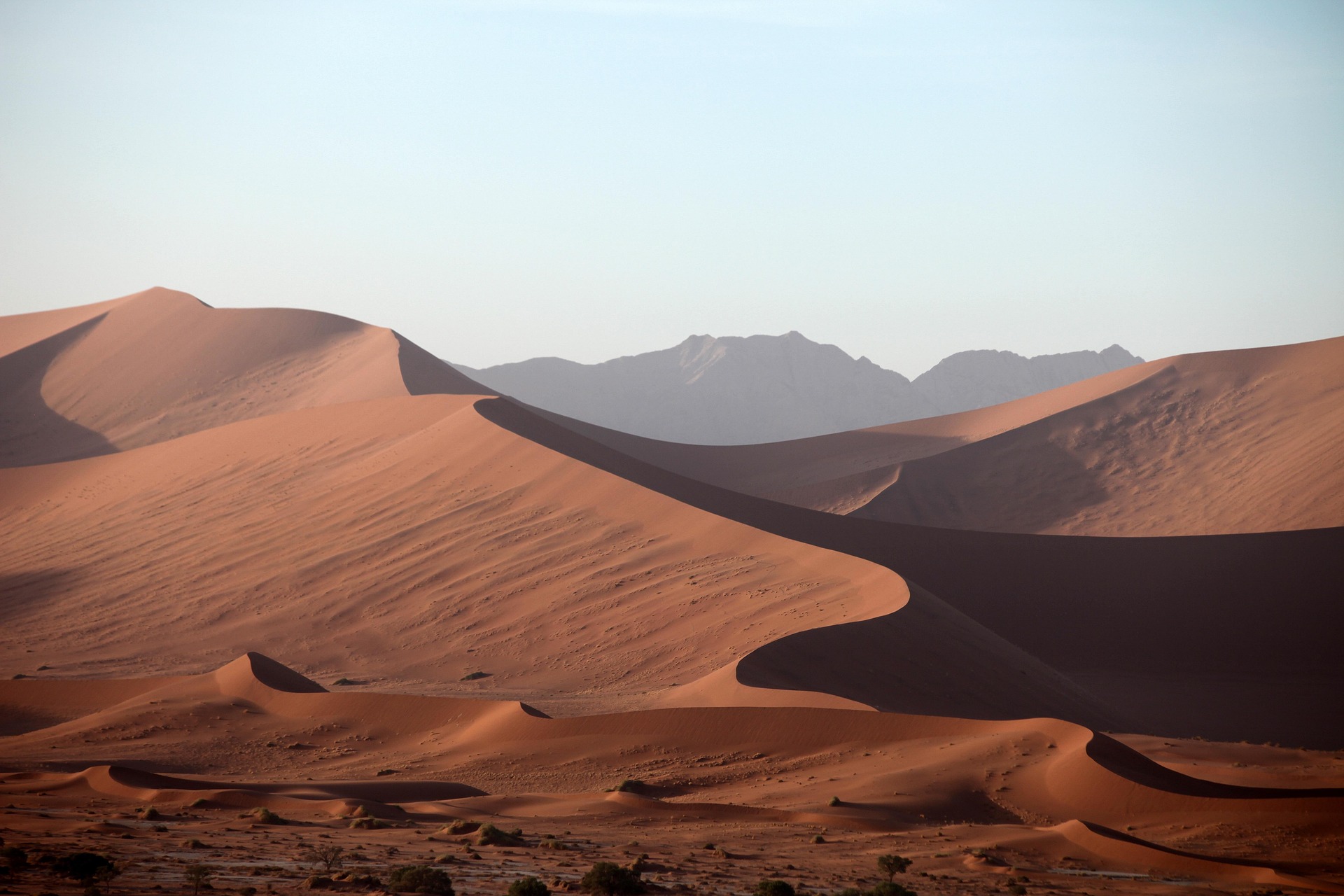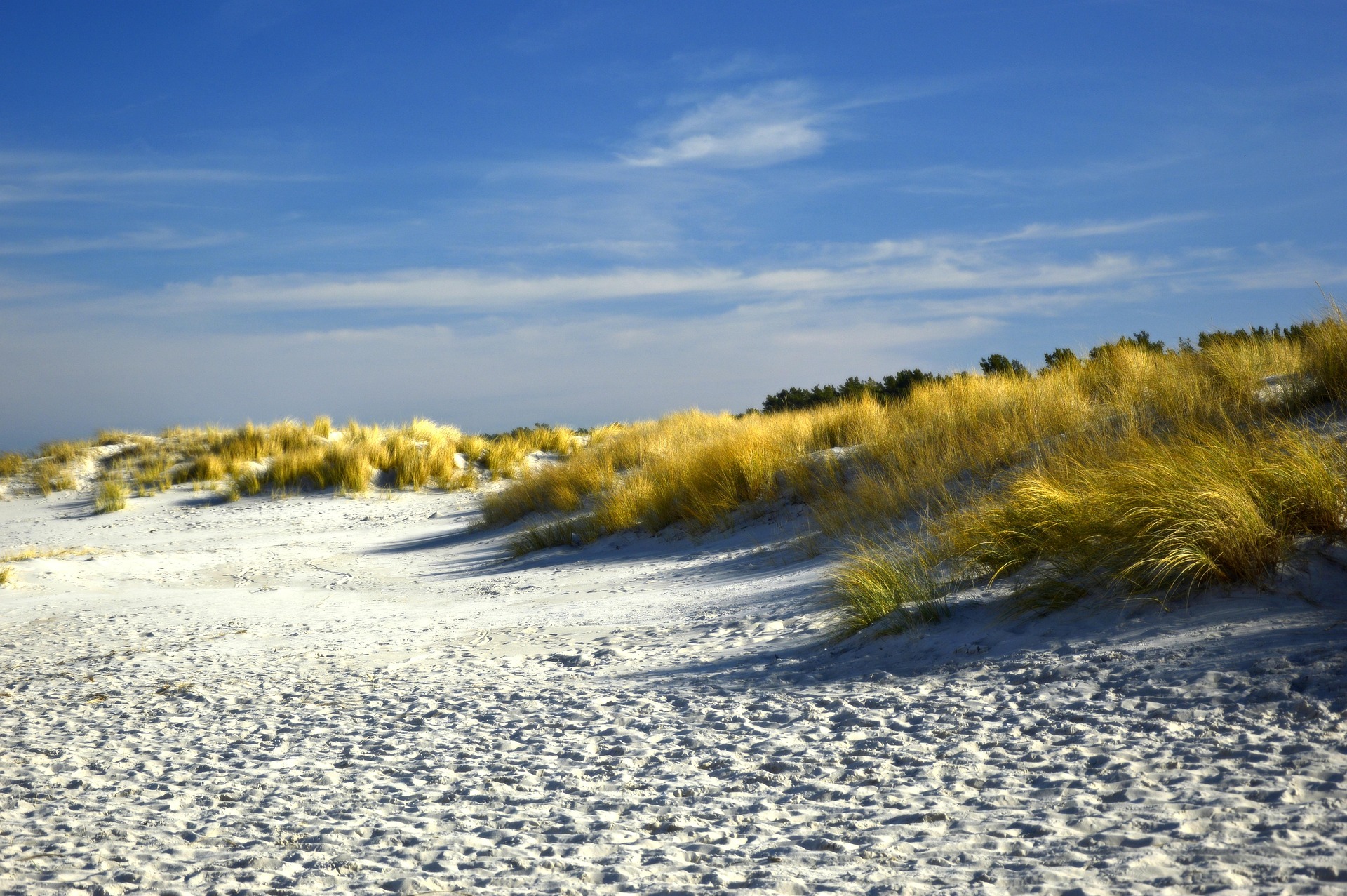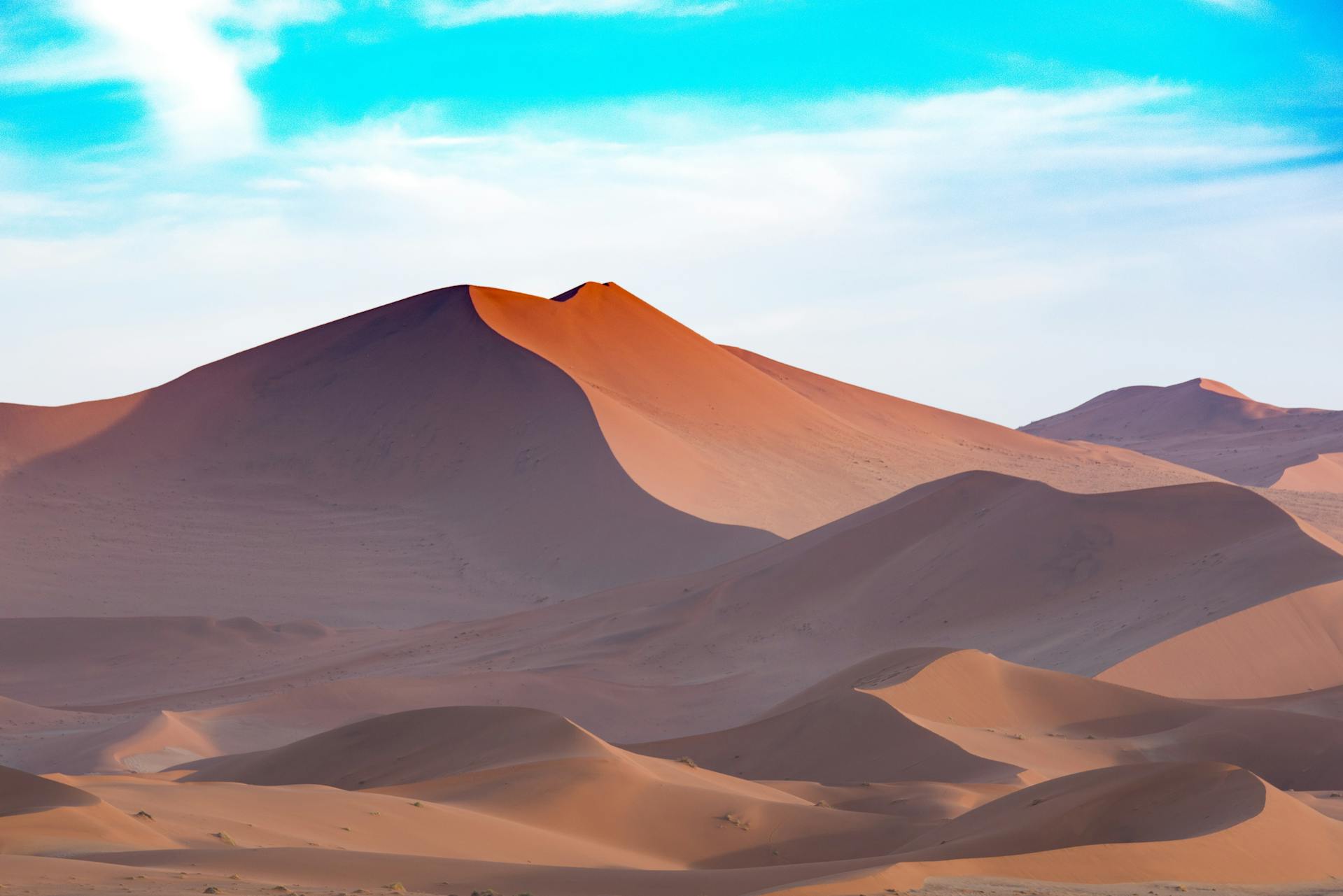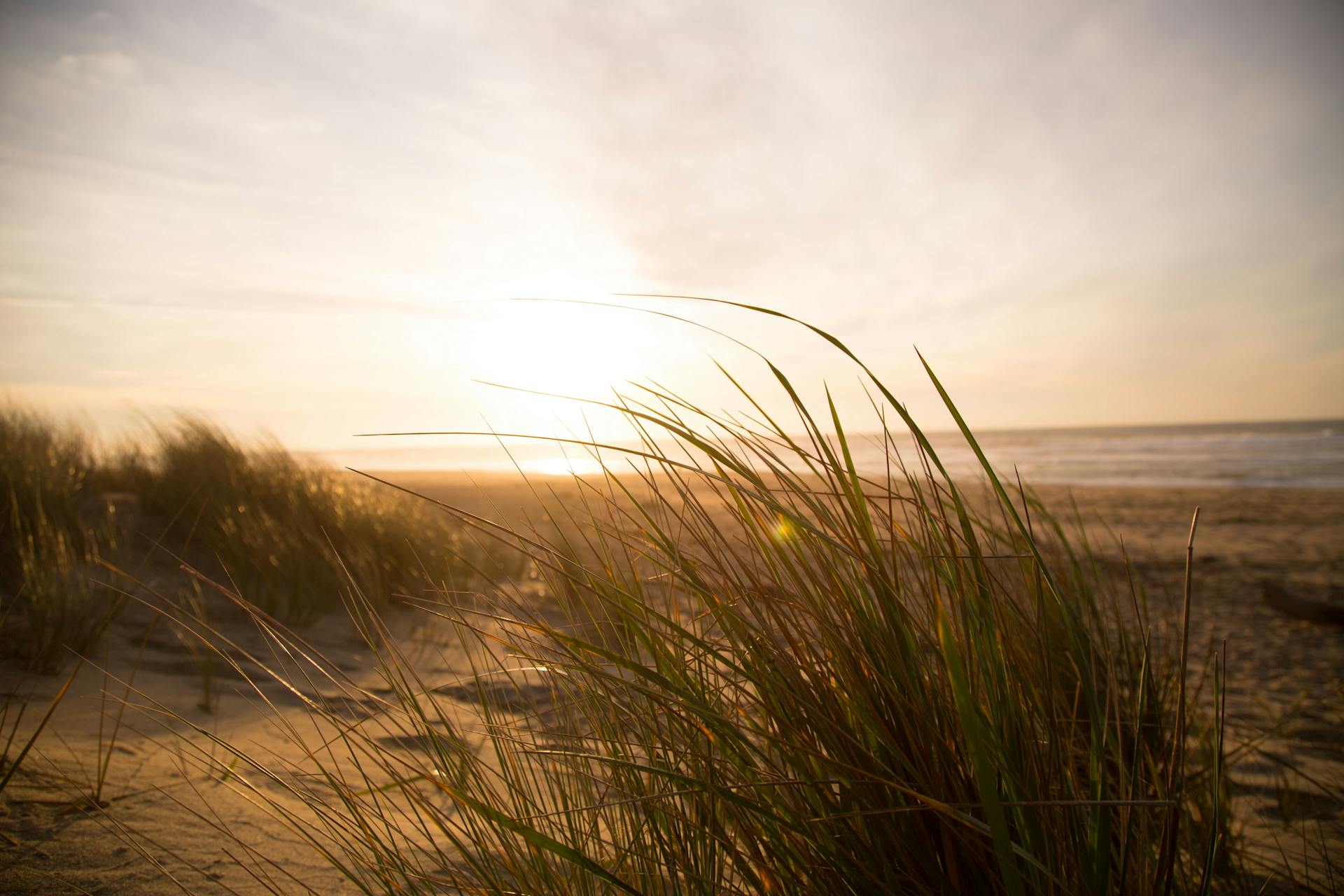Estimated reading time: 4 minutes

Imagine walking along a windswept coastline or across an endless desert, where towering hills of sand rise and fall like waves frozen in time. These sand dunes, shaped by wind and weather over countless years, aren’t just beautiful—they’re nature’s front-line defense. They act as powerful buffers, standing guard against coastal storms, erosion, and the relentless forces of wind, protecting everything behind them.
Each dune has a story, from its formation to its delicate ecosystem of plants and animals, all thriving in an ever-shifting landscape. Understanding how these natural structures form, the roles they play, and their types help us see the quiet strength and importance of sand dunes in safeguarding both nature and human lives.
How Do Sand Dunes Form?

The creation of sand dunes is a fascinating process, shaped by the dynamic forces of wind and water working in tandem. As winds sweep across the beach or desert, they carry tiny grains of sand until these particles meet a natural barrier—a patch of vegetation, a cluster of rocks, or a slight rise in the landscape. Here, the sand begins to settle, grain by grain, slowly building into hills and ridges that can grow to impressive heights or stretch for miles. While coastal dunes may be the most familiar, deserts, too, host these sculpted formations, with each dune’s shape and structure uniquely influenced by the shifting winds that constantly reshape them.
Types of Sand Dunes

As sand dunes form and shift, they take on unique shapes that reflect the environment around them, each type with distinct characteristics shaped by wind patterns and terrain. Coastal dunes, for example, often emerge just behind beaches or on barrier islands, where strong onshore winds push sand inland, creating natural barriers against ocean waves and high winds. These coastal dunes shield inland areas, while desert dunes, isolated and strikingly diverse, take on various forms in arid landscapes.
Barchan dunes form graceful crescent shapes, linear dunes stretch in parallel ridges, and star-shaped dunes twist and overlap where winds change direction.
Parabolic dunes, with their U-shaped curves, are anchored by vegetation that stabilizes the sand, their tips facing against prevailing winds. This diversity in dune types reveals how these remarkable landforms adapt to their surroundings, each offering a distinct glimpse into the power of wind and sand.
The Importance of Sand Dunes

Beyond their striking appearance, sand dunes are crucial to both the environment and human communities. Acting as natural barriers, they protect coastal areas from the damaging impacts of storms, storm surges, and rising sea levels, minimizing the risks of flooding and erosion. In coastal towns, dunes absorb the force of high-energy waves, effectively shielding homes, roads, and other infrastructure from potential damage.
These dunes also sustain rich ecosystems, providing habitats for a range of specially adapted plants and animals. Coastal dunes, for instance, support beach grasses and shrubs that not only stabilize the sand but also prevent erosion. Similarly, desert dunes nurture a unique ecosystem of resilient plants like cacti and creatures such as small mammals, reptiles, and insects, all playing a vital role in maintaining the delicate balance of desert biodiversity.
From beach grasses that stabilize coastal dunes to resilient desert wildlife, each dune is a testament to nature’s power and adaptability. Next time you walk along a beach or traverse a desert, take a moment to appreciate these natural defenses that stand quietly yet powerfully between us and the elements.

